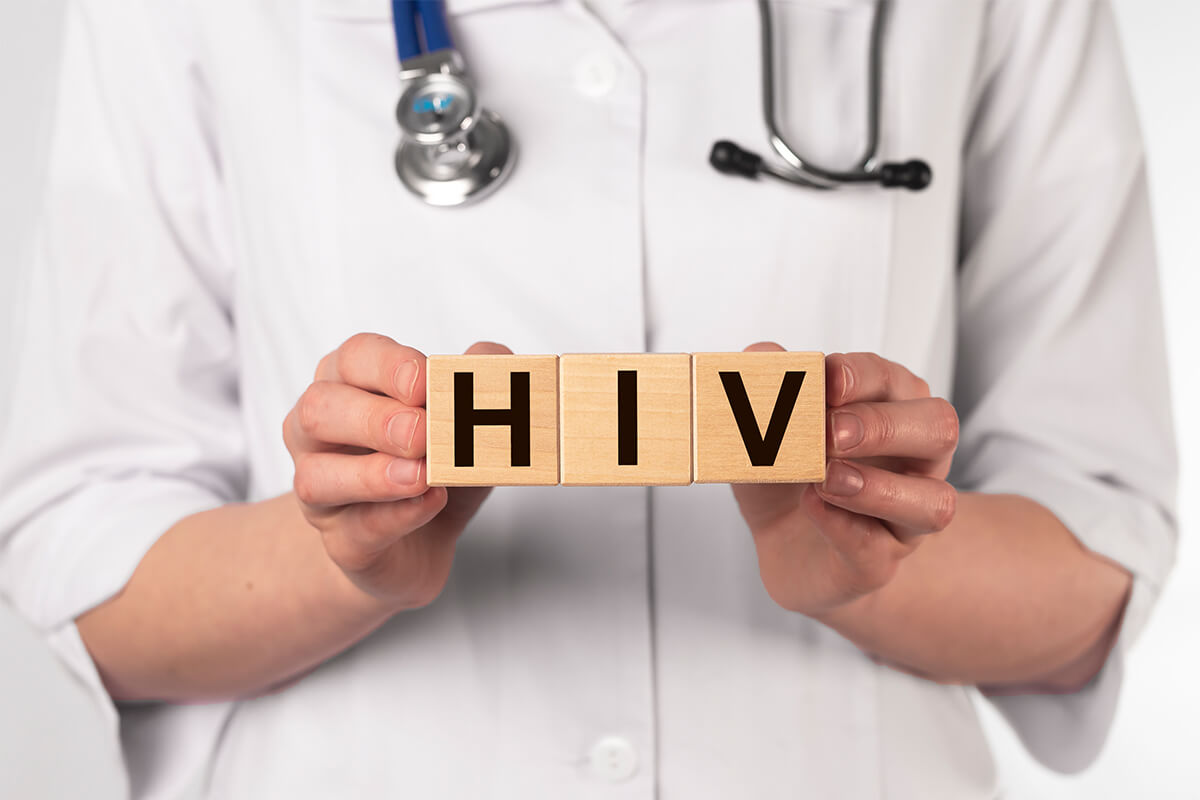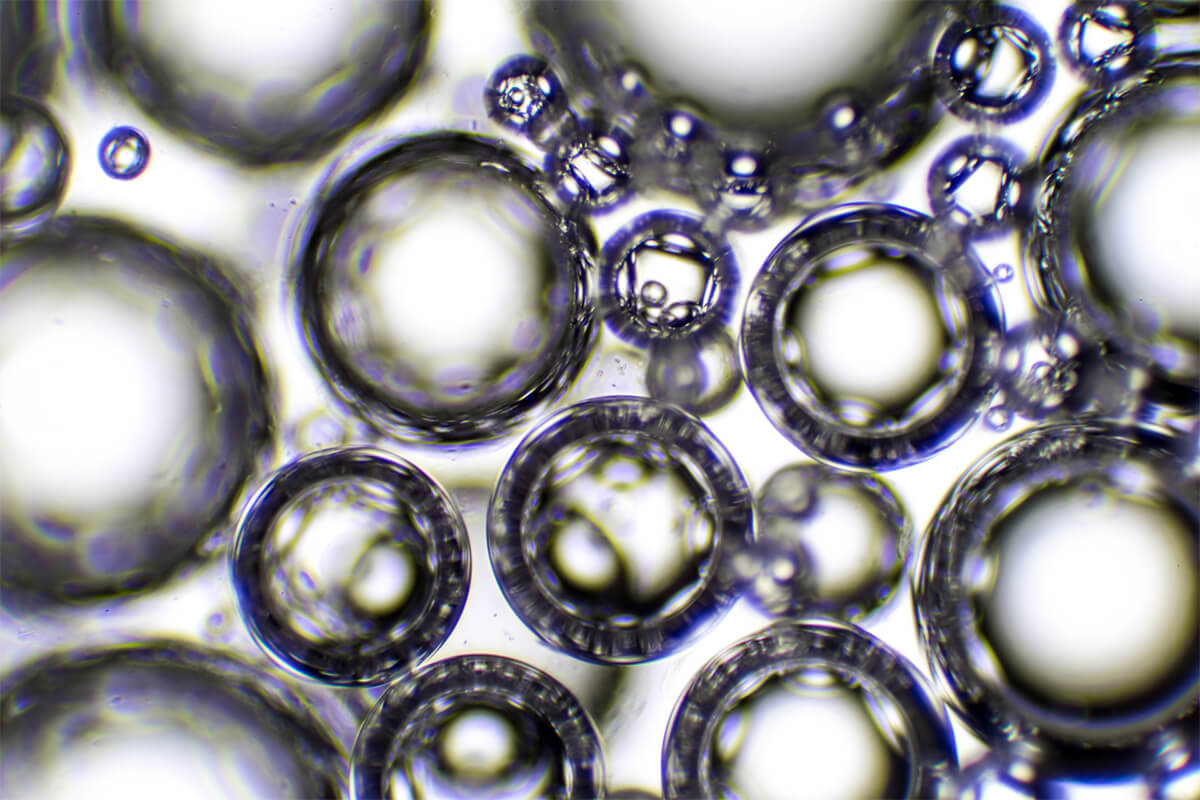HIV transmission is a topic surrounded by myths and misconceptions, one of the most common being its spread through saliva. While it’s important to understand how HIV is transmitted, this article will clarify these misconceptions and provide accurate information.
HIV is not spread through saliva. The virus is primarily transmitted through specific body fluids such as blood, semen, and vaginal fluids. Activities like unprotected sexual contact and sharing needles are significant risk factors. Saliva contains only trace amounts of the virus, and its antiviral properties prevent HIV transmission under typical circumstances.
To better understand HIV transmission, it’s crucial to look at the evidence and data available. Studies consistently show that typical casual interactions, like sharing utensils or kissing, do not pose a risk for HIV transmission. For those seeking more information or clarification, exploring credible sources can offer reassurance and factual insights.
Understanding HIV Transmission
HIV transmission occurs when the virus is transferred from one person to another through specific routes. Certain body fluids and activities carry greater risks of transmitting the virus. Saliva is often questioned in HIV spread, and understanding its role is crucial for dispelling myths.

Routes of HIV Transmission
HIV is transmitted primarily through the exchange of certain body fluids, which include blood, semen, vaginal fluids, rectal fluids, and breast milk. Unprotected sexual contact is a major risk, encompassing vaginal, anal, and less commonly, oral sex.
Injection drug users sharing needles risk exposure to the virus. Mother-to-child transmission can occur during pregnancy, delivery, or breastfeeding. Understanding these routes is vital for identifying and mitigating infection risks.
Saliva and HIV: Examining the Evidence
Saliva is not considered a route for HIV transmission. Research indicates that saliva contains only trace amounts of the virus and has properties that inhibit its transmission. Activities such as kissing or sharing drinks usually pose no risk.
While deep open-mouth kissing might present a risk if both partners have significant oral injuries, such cases are rare. HIV.gov emphasizes that the virus does not spread through casual contact or saliva, reinforcing safe social interactions. This information helps dispel myths and reduces stigma.
Risk Factors and Prevention
HIV transmission through saliva is extremely unlikely due to the presence of inhibitory factors. Yet, certain scenarios potentially increase risk, while adopting safe practices significantly minimizes any potential hazards.

Assessing Risk in Various Contexts
HIV is primarily transmitted through blood, semen, vaginal fluids, and breast milk. Saliva is not an efficient means of transmission. Open-mouth kissing could pose a theoretical risk only if both partners have open sores or bleeding gums, and blood from an HIV-positive individual enters the bloodstream of an HIV-negative person.
No documented cases exist of HIV transmission through casual contact, such as sharing utensils or kissing without blood exposure. This underscores the low likelihood of HIV spreading through saliva. Engaging in risky behaviors like unprotected sex or sharing needles presents a far greater risk and must be acknowledged.
Preventive Measures and Safe Practices
Maintaining good oral hygiene significantly reduces the minimal theoretical risk associated with open-mouth kissing. Individuals should address dental issues, such as bleeding gums or sores, promptly to avoid exposure to any potential risk.
Practicing safe sex, including using condoms and knowing the HIV status of partners, is crucial in effectively preventing transmission. Regular testing, especially for those at higher risk, aids in early detection and management.
In healthcare settings, universal precautions like wearing gloves or avoiding contact with blood reduce risk. Educating communities about HIV transmission facts further helps dispel myths and prevent unnecessary fear. Emphasizing science-backed preventive measures fosters safer interactions without stigmatizing those living with HIV.
Scientific Research on HIV and Saliva
Scientific studies indicate that the transmission of HIV through saliva is an uncommon event. Saliva possesses natural properties that tend to inactivate or reduce the infectivity of the virus. This includes its ability to rapidly kill HIV-infected leukocytes and inhibit HIV replication in cells. Research highlights the rarity of HIV transmission via oral secretions because saliva often contains noninfectious virus components.

The hypotonic nature of saliva may inactivate HIV-transmitting cells, and this mechanism is an important factor in preventing oral transmission. Hypotonicity affects leukocytes, which play a key role in virus transmission, thereby providing a protective barrier.
Tests conducted on HIV-1 show that the virus’s infectivity may persist in certain scenarios when mixed with saliva. However, preincubation of HIV with saliva dramatically reduces viral infectivity. This suggests that specific components within saliva help reduce the risk of oral transmission.
Moreover, filtration experiments demonstrate that saliva-treated HIV has significantly lower infectivity than untreated samples. These findings suggest that various factors in saliva contribute to its protective role against HIV transmission.
In conclusion, while the theoretical risk of HIV transmission through saliva exists, it remains exceedingly low due to the compound protective mechanisms of saliva. Various studies have reinforced the understanding that saliva acts as a natural defense against the virus.

